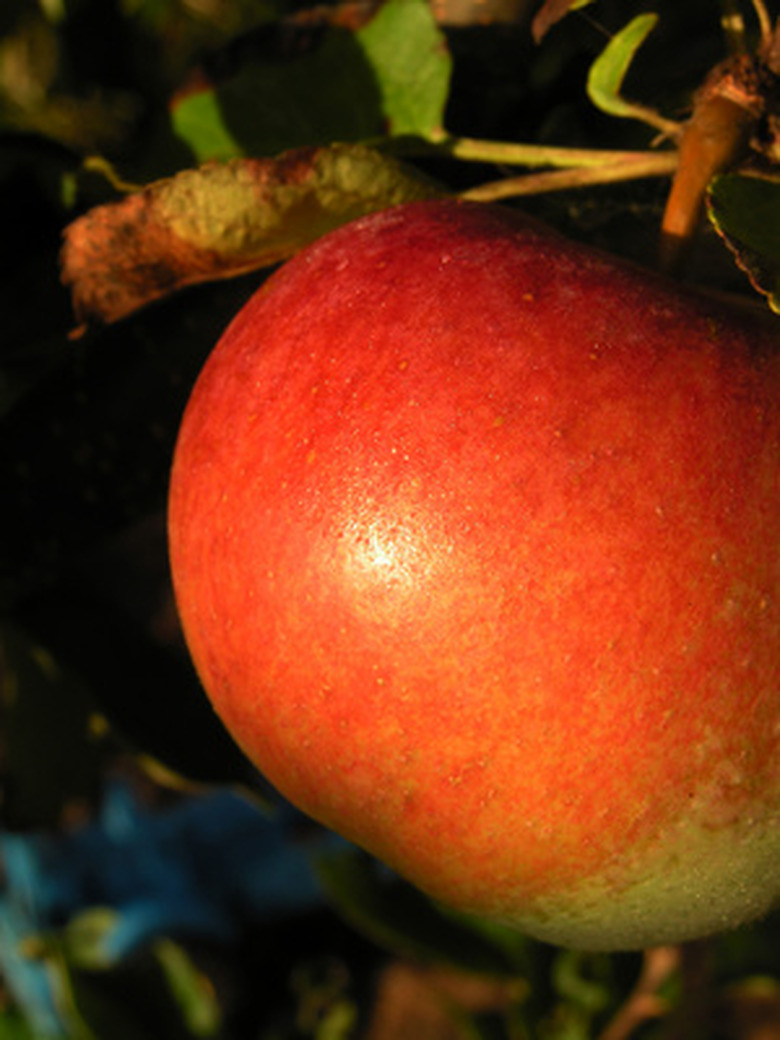Apple Trees In Alaska
Alaska's short growing season makes it quite a challenge for growing and harvesting fruit from apple trees. For gardeners who crave the taste of fresh fruit harvested off their own trees, the challenge may well be worth the work and careful planning involved. The key in successfully growing apples is to find cold-hardy varieties that can weather both the cold winters and the short summers.
Conditions
Gardeners must be aware of what hardy zone their garden falls into. Most of Alaska falls into USDA hardy zones 1 through 4, where the temperatures can fall to minus-20 degrees Fahrenheit in the winter. Since apples grow only in zones 3 and higher, this leaves Anchorage and the surrounding area as the most likely place to successfully grow apples.
Suitable Varieties
Alaska's short summer growing season makes cold-hardy apple trees the best way to go. Varieties such as Prairie Magic, Carroll, Norland, Zestar and Yellow Transparent are most likely to bear fruit that matures by late summer or early fall. To coax fruit off of these trees, though, winter-hardy rootstock is required such as that used to survive Russian winters. Crab apple tree varieties such as Arctic red, Dauphin and Dolgo crab also make a good choices for Alaskan climates since the fruit, while small, tends to mature more quickly.
- Alaska's short growing season makes it quite a challenge for growing and harvesting fruit from apple trees.
- Crab apple tree varieties such as Arctic red, Dauphin and Dolgo crab also make a good choices for Alaskan climates since the fruit, while small, tends to mature more quickly.
Planting
Apple trees must be planted in sunny areas in well-drained soil, preferably away from buildings that may hold cold air pockets. Most apple trees also require another tree for cross-pollination so they set fruit. This means gardeners either need enough space in their garden to plant two trees, or they need to find a self-pollinating variety. The trees also need to be watered every few weeks until they are well-established.
Pruning and Training
Once a tree shows 3 to 4 inches of new growth, it's time to start training the tree. One upright shoot near the top needs to be the leader. The rest of the shoots in the 4 inches below the leader need to be removed. This helps the leader grow upward while the other branches grow outward so they can bear fruit.
- Apple trees must be planted in sunny areas in well-drained soil, preferably away from buildings that may hold cold air pockets.
- This means gardeners either need enough space in their garden to plant two trees, or they need to find a self-pollinating variety.
Pests
Unlike apple trees in the continental United States that face insect problems, trees growing in Alaska must be protected from moose. Moose eat the soft green twigs, branches and leaves of the apple trees, destroying their ability to produce fruit. Fencing must be placed around apple trees to protect them from this ungulate.
